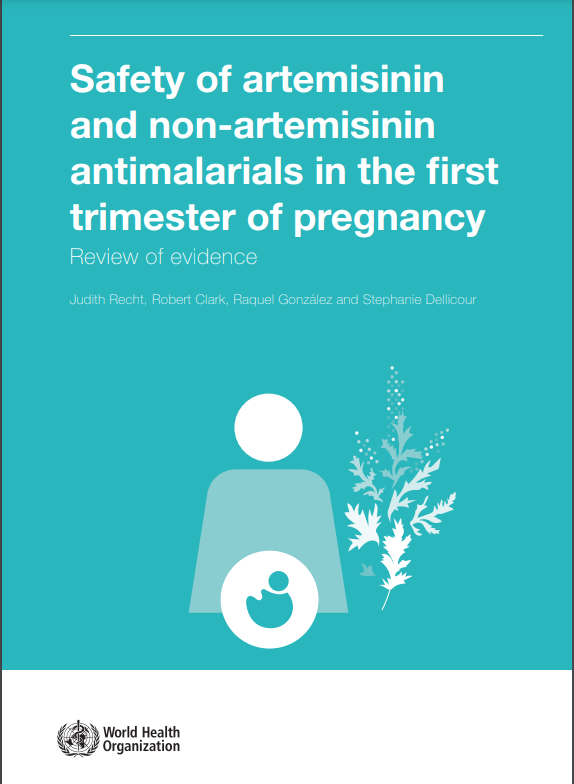Last Updated: 29/01/2025
Screening of ligands for PfSR1, a probable GPCR-like receptor, and identification of a possible signaling pathway
Objectives
*Original in Portuguese: Triagem de ligantes para PfSR1, um provável receptor tipo GPCR, e identificação de um possível via de sinalização
To find a melatonin receptor potential, this project will screen various ligands using a novel bioluminescence resonance energy transfer (BRET) system to study the physiological properties of PfSR1 in mammalian cells.
Current antimalarial compounds are rapidly failing due to resistance to antimalarial drugs by Plasmodium strains. This requires the urgent discovery of new antimalarial compounds and new targets in the parasites. Laboratory has identified four serpentine receptor-like proteins that could be a potential target for malaria intervention. Furthermore, still very little is known about the functionality of these proteins. Protein-coupled G-protein (GPCR) signal transmission depends largely on the hydrolysis of ATP or phosphatalinositol (PI). Both ATP and PI can activate intracellular calcium signaling that is crucial for triggering the various physiological processes in the human malaria parasite, Plasmodium falciparum. Preliminary study found that a transmembrane protein PfSR1 has a strong binding affinity for melatonin, and is also expressed in all asexual stages. Based on the previous studies, it is known that melatonin alters calcium mobilization, activates cAMP-dependent protein kinase and the ubiquitin-proteasome system. Surprisingly, a potential melatonin receptor in Plasmodium has yet to be identified, however, melatonin receptors in mammalian cells have been characterized as GPCR.
Feb 2022 — Jan 2023


